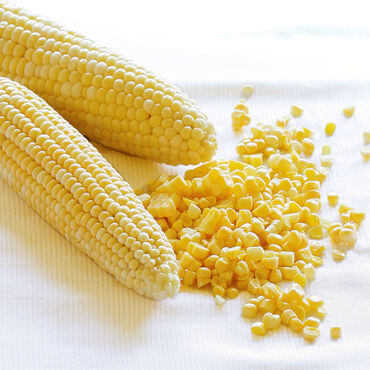While outsiders will try, it’s hard to generalize about Californians. The most populous state in the nation is as diverse and divergent as a Bakersfield oil field roustabout and a Big Sur masseuse.
But it’s safe to say Californians are concerned – more concerned than others, even – about what goes into our food. The Central Valley is the nation’s green grocer. Our restaurants are at the leading edge of world cuisine. Our commitment to sustainable agriculture and eating locally sourced food is second to none.
Our passion for safe and additive-free foods makes California a natural place for activists to push a measure such Proposition 37 on the Nov. 6 ballot, the Genetically Engineered Foods Labeling Initiative. It would require labeling some foods in grocery stores (but not all: meat and dairy are exempt) if they are made from plants or animals that include genetically modified organisms. No other state has such a measure, though some other countries do.
View the original article here: No on Prop. 37: More information is good, but rampant litigation isn’t – San Bernardino Sun







